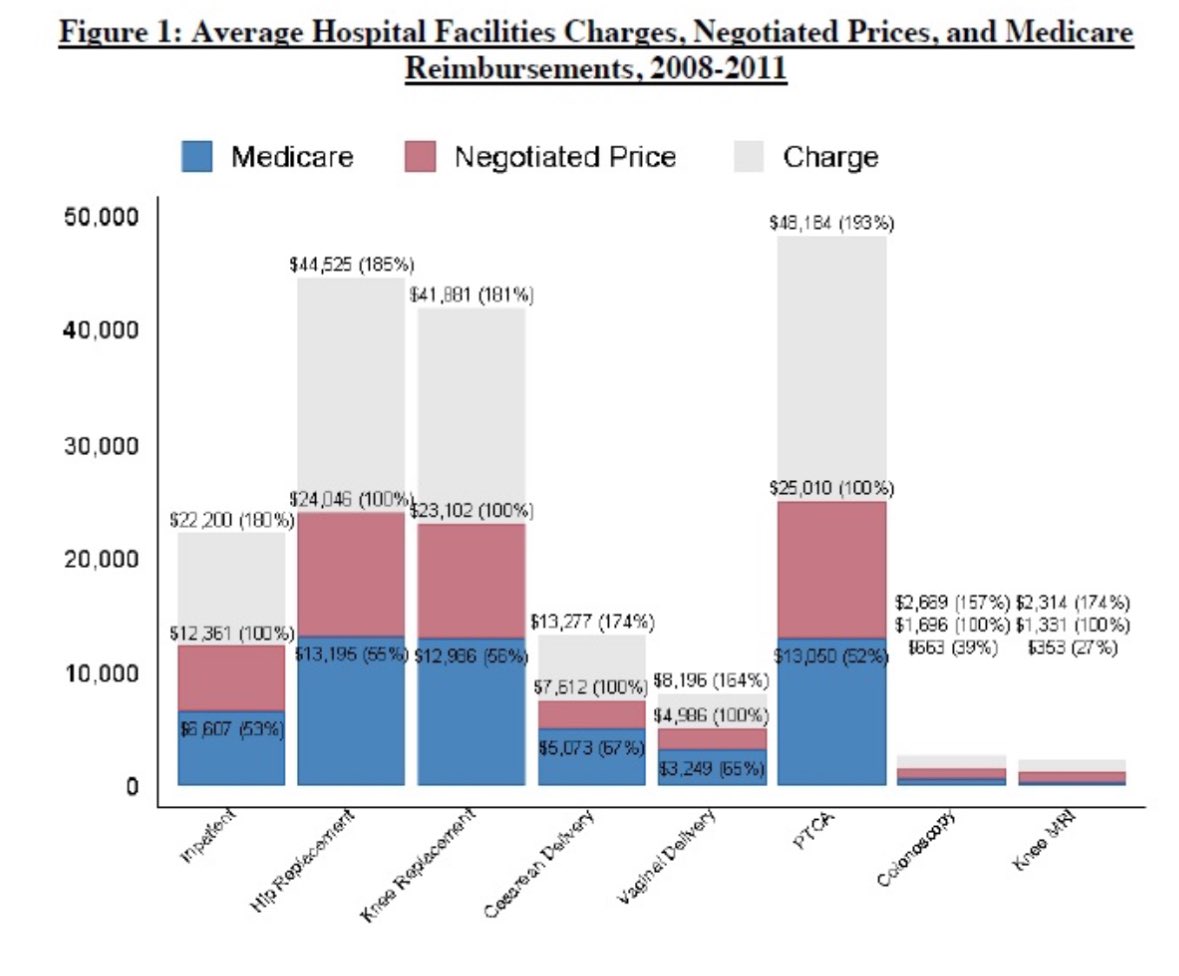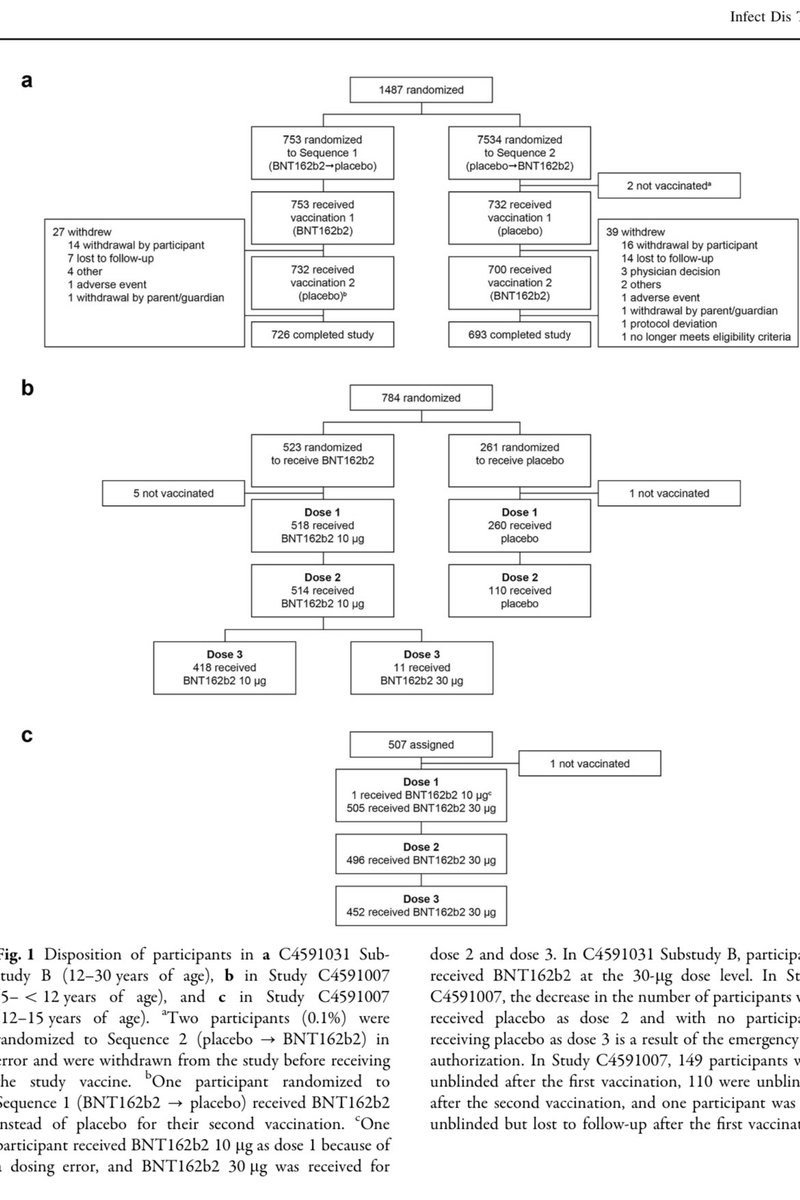Great 🧵 on recent neuro-COVID paper making the rounds.
1. Nothing in the paper speaks to the veracity of CSF/grey matter volumes derived by T1/T2. (This is most definitely not like measuring the size of the aorta over time)
1. Nothing in the paper speaks to the veracity of CSF/grey matter volumes derived by T1/T2. (This is most definitely not like measuring the size of the aorta over time)
https://twitter.com/skepticalzebra/status/1405899724117393411

2. Whatever measure they do derive overlaps w controls a lot when looking at the box/scatter plot. While we use criteria with this type of poor discrimination not infrequently, we would seldom make a therapeutic decision with a diagnostic test with this much overlap with normal 

3. These findings are derived based on defining regions of interest (ROI) in the brain. Anyone that’s done this in the heart to define EF, or in MUGA studies knows how fraught that is.. so would want a core lab, multiple interpreters b4 calling a real difference .. 

4. These changes are not able to be discerned on individual patient pre/post MRIs by the naked eye.. differences rely on ‘objective quantification’ by an algo (thats based on some ROI that I assume they manually define) 

5. These are all patients that happened to have had an MRI pre/during COVID .. that’s a pretty interesting group of patients youre selecting for.. “the thalamus of the patient who will later contract COVID appear to differ from controls years b4 infection 🤔 

6. Really surprised to see this pumped heavily by respected folks like @ashishkjha @ScottGottliebMD .. seems incongruous to bang ivermectin because of level of evidence but then use this paper to argue for big policy decisions (like a hard prolonged lockdown until vaccine) 



7. Btw : We Shld absolutely not censor jha/Gottlieb discussion about this paper or @BretWeinstein @PierreKory . discussion on iver.
This despite the fact my last review of ivermectin makes me think its hard to separate signal/noise with regard to effects. thehealthcareblog.com/blog/2021/03/0…
This despite the fact my last review of ivermectin makes me think its hard to separate signal/noise with regard to effects. thehealthcareblog.com/blog/2021/03/0…
And it gets better. Two of the scatterplots are identical 😂
https://twitter.com/anish_koka/status/1406378918861541376?s=21
• • •
Missing some Tweet in this thread? You can try to
force a refresh














